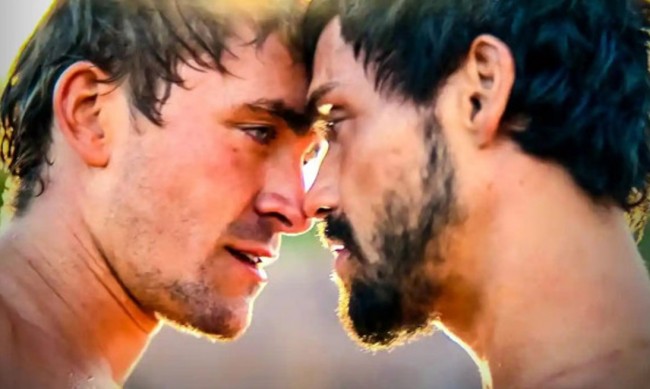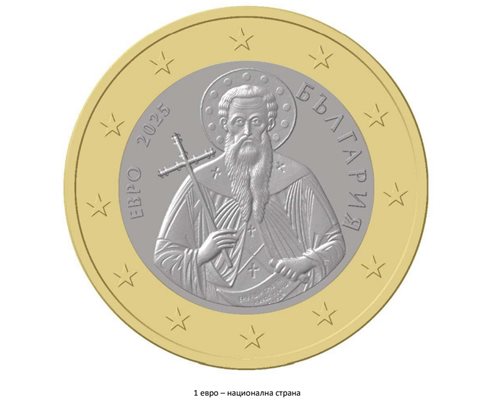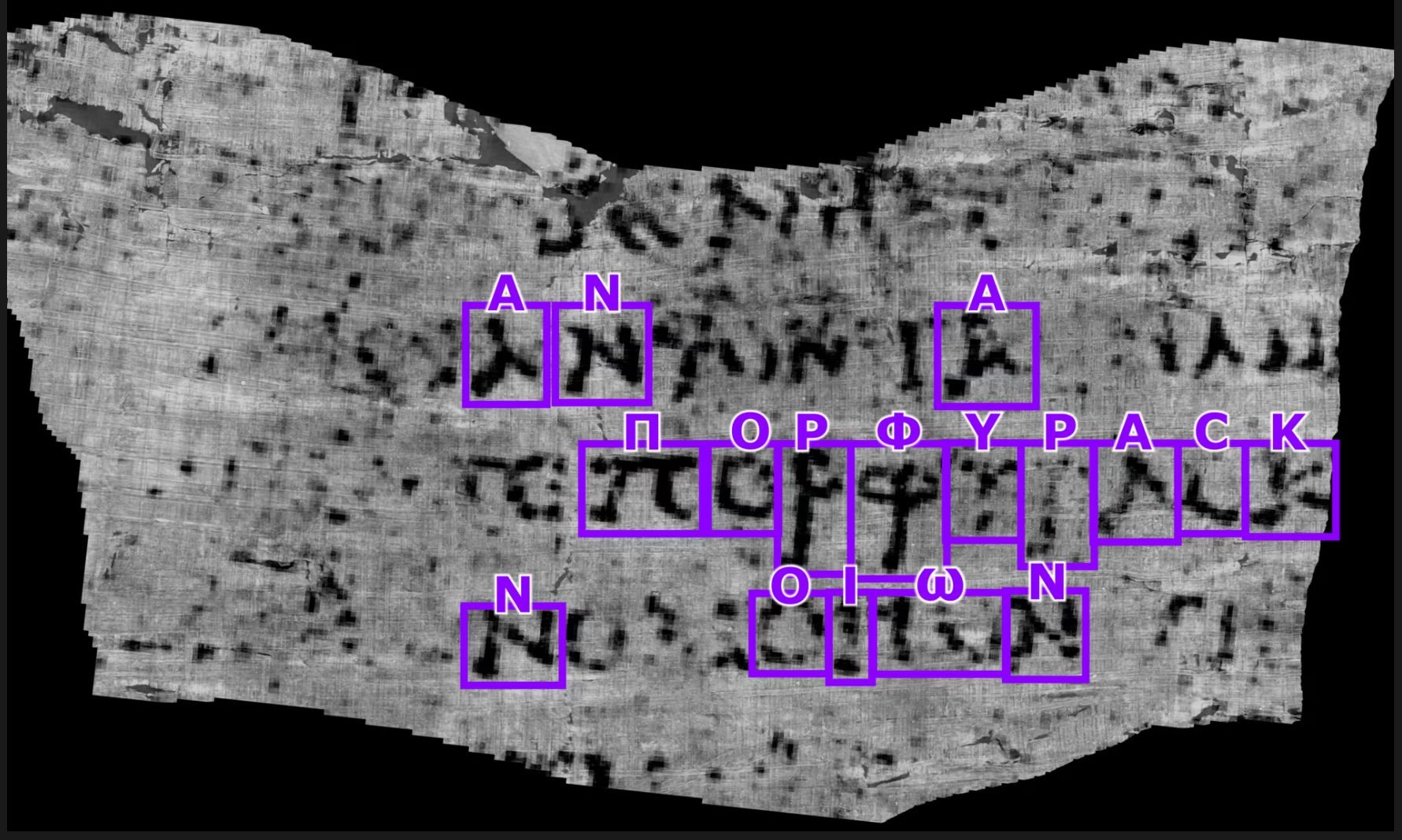“We don’t want you to change the culture of Yemen or the Middle East, we just ask for the right to exist. Can we accept each other?”
Hassan Al-Yemeni* was imprisoned on the charges of espionage just for converting from Islam to Christianity, the religion of the West. His story is one of many told and untold stories of persecution and discrimination in the Middle East and North Africa.
He led the call for the EU to raise the plight of religious converts in their foreign relations with MENA counterparts at an event yesterday to launch Open Doors’ World Watch List, an annual index listing the most dangerous places to live as a Christian.
The audience at the European Parliament, consisting of MEPs and their staff, EU diplomates, and EU-based NGOs heard stories of Christian converts in Muslim-dominated countries; people without identity, persecuted by their governments and rejected by their communities.
The event hosted by MEP Miriam Lexmann (EPP) and opened with remarks by MEP Patrizia Toia (S&D) was dedicated to the presentation of the 2024 World Watch List (WWL 2024) by Open Doors, an annual report which ranks the countries where it is most difficult to profess and practice the Christian faith.
Released and presented at the European Parliament at the beginning of each year, the list uses extensive research, data from Open Doors field workers, their in-country networks, external experts and persecution analysts to quantify and analyse persecution worldwide. This year’s list covers the period 1 October 2022 – 30 September 2023.
Cristian Nani (Open Doors Italy) presented the top 50 countries where Christians experience the highest levels of oppression and outlined the main trends captured by the Christian NGO in 2023.
At least 365 million Christians live with very real threats to their lives, livelihoods and church communities because of their faith globally. 1 in every 7 Christians is touched by this phenomenon. 4998 Christians killed worldwide in faith-related attacks. Figures likely run much higher, but many go unreported.
Most of these killings, recorded by Open Doors, were in the south of the Sahara Desert, including Nigeria (6).
The threat from Islamic militants in sub-Saharan Africa has intensified to the point where many Christians in the region feel increasingly fearful. Radical Islamic elements exploiting unstable political conditions is a common thread across the African continent. The fractures in governance and security have opened the door for the jihadist activities seen, for example, in Burkina Faso, Mali (14), Mozambique (39), Nigeria and Somalia (2).
North Korea (1) remains the most dangerous country in the world to exercise the Christian faith, with its regime having zero-tolerance policy for Christians.
A staggering 14,766 attacks, closures and demolitions of Christian churches, hospitals, schools and similar buildings has been recorded in WWL 2024, compared to 2,110 in the previous year – WWL 2023.
Open Doors supports Christians by protecting and promoting their right to freely believe, worship, and practice their faith alone or with others, free from intolerance and discrimination. It is for that reason that the presentation at the European Parliament was focused on Christian converts from other religions, including Islam. Those are the communities that are often the most forgotten and most affected by persecution.
Open Doors’ FoRB policy priorities for the EU, as presented at the EP, were about recognizing the interdependence of FoRB and other human rights, encouraging interfaith and interreligious dialogue and integrating FoRB analysis into its’ foreign affairs initiatives.
Hassan Al-Yemeni from CDSI Foundation, along with Kamal Fahmi from Set My People Free and Dr Yassir Eric from Communio Messianica reflected on human rights violations that come from the society and government in countries like Yemen (5), Sudan (8) because of one’s conversion to Christianity.
“If you want to measure democracy, we should look at how countries deal with conversions. Whether people can exercise their inherent right to think and change their belief” says Dr Yassir Eric.
In many countries, recanting Islam is considered the crime of apostasy punishable by death or imprisonment. The case of Sudan stands out as a positive example of abolition of the country’s apostasy law and therefore shows a sign of hope for religious minorities in Muslim-dominated countries. Dr Eric adds “this [change of law] means it is not impossible to grant the freedom of conversion in MENA”.
The speakers appealed to the European Union raise human rights concerns of those facing violations for simply exercising their fundamental freedom to choose one’s belief.
Notably, Frans Van Daele, the EU Special Envoy on FoRB outside the EU, addressed the audience to reflect on his mandate. He underlined the depth and breadth of FoRB concerns across the globe and said he tries to be diplomatic and never to appear to “impose the Western point of view”. He seeks to build upon the existing relations with third countries and use the knowledge of his EU colleagues at the EC and EEAS.
About Open Doors
Open Doors International is a global membership organisation with 25 national bases that has supported and strengthened persecuted Christians for more than 60 years and works in 70 countries. Open Doors provides practical support to persecuted Christians such as food, medicines, trauma care, legal assistance, safe houses and schools, as well as spiritual support through Christian literature, training and resources.
To arrange an interview with speakers, Open Doors representatives, contact Anastasia Hartman at [email protected]














